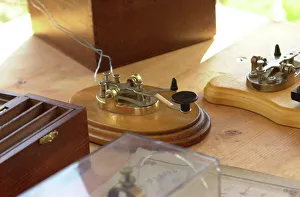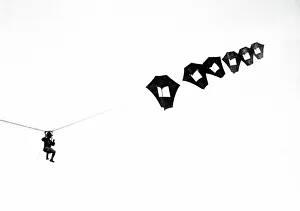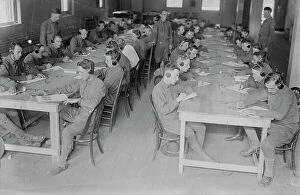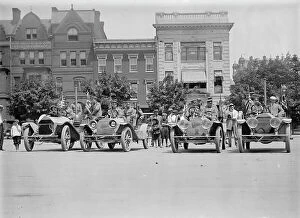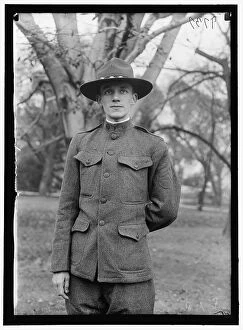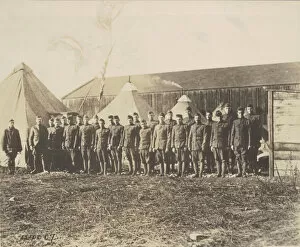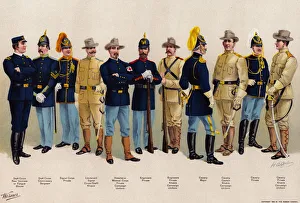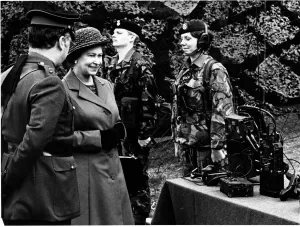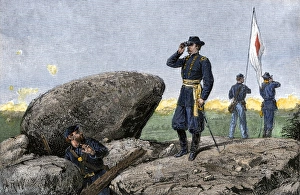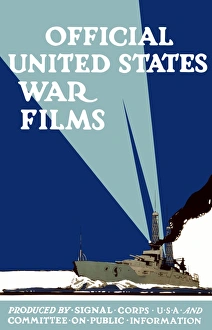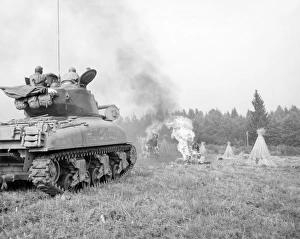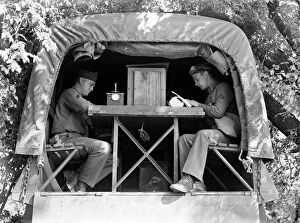The Signal Corps: Pioneers of Communication and Surveillance From the humble beginnings of the telegraph key in the 1860s to the groundbreaking use of a surveillance kite during World War I, the Signal Corps has played an integral role in shaping communication and reconnaissance methods throughout history. In September 1908, at Fort Myer, Virginia, USA, the Wright Flyer took flight under the watchful eyes personnel. These test flights marked a significant milestone in aviation history and showcased the corps' dedication to advancing technology. A poignant photograph captured in 1918 depicts World War I soldiers whose lives were intertwined with those serving in the Signal Corps. Their faces tell stories of bravery and resilience as they relied on these skilled individuals for vital communication on treacherous battlefields. With their signal flags held high, early 20th-century members of the corps stood tall as they transmitted messages across great distances. The significance of their work cannot be understated; they were instrumental in relaying critical information that shaped military strategies. Uniformed figures from various branches - Cavalry, Engineers, Hospital - stand alongside two proud representatives from the Signal Corps in a vibrant lithograph from 1899. This artwork pays homage to their diverse roles within an organization dedicated to effective communication. During World War I (1917-1920), color lithographs depicted scenes showcasing different aspects of life within this esteemed corps. From reconnoitering at Fredericksburg's Rappidan River to meeting royalty like Queen Elizabeth II herself – who recognized their invaluable contributions – it is evident that their impact extended far beyond military circles. Atop Little Round Top during one fateful Battle of Gettysburg moment stands a signal station manned by courageous members of this elite group. Their ability to transmit crucial information swiftly undoubtedly influenced battlefield outcomes during one of America's most pivotal conflicts. Even animals had a part to play within this remarkable organization.

